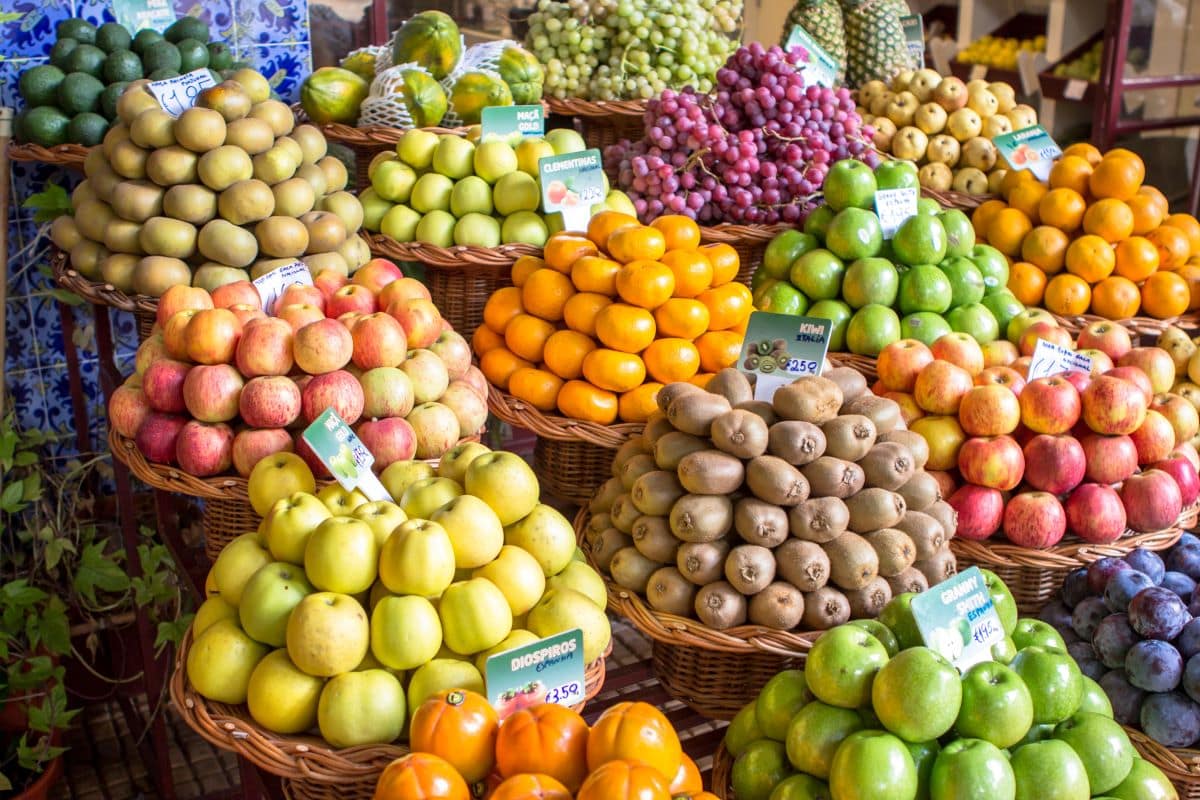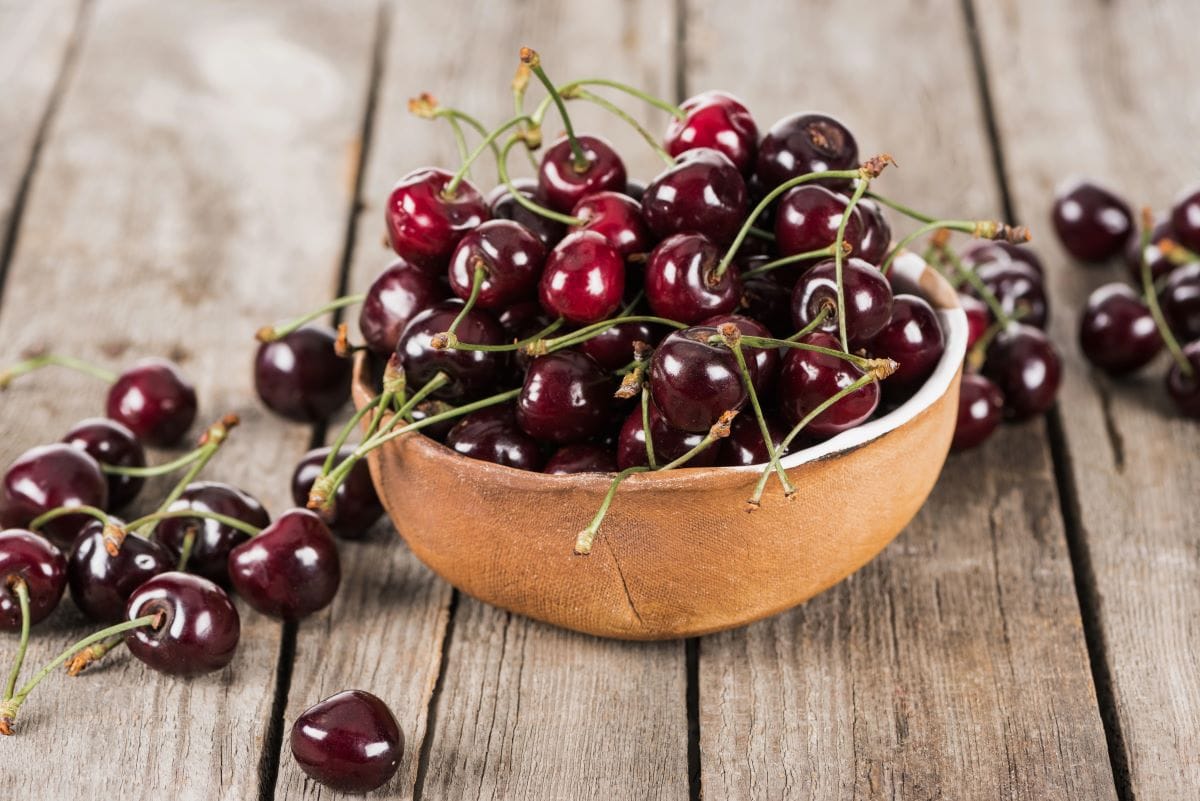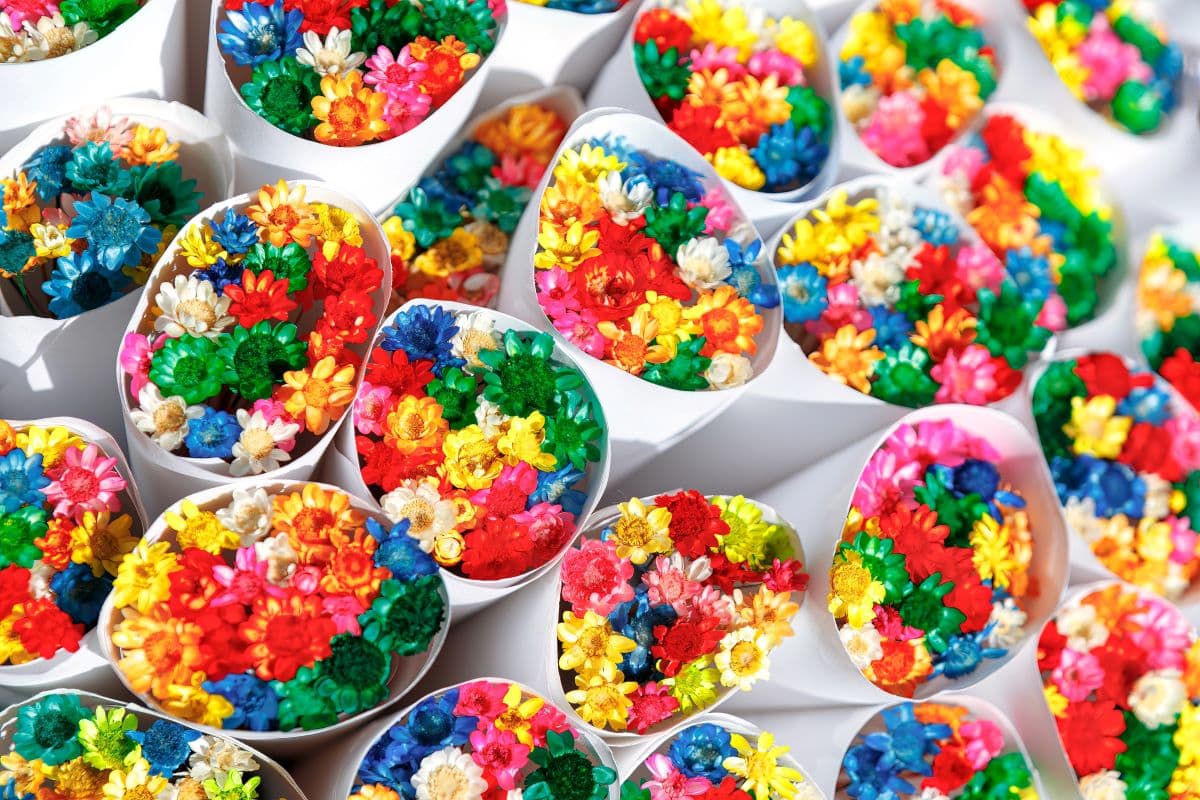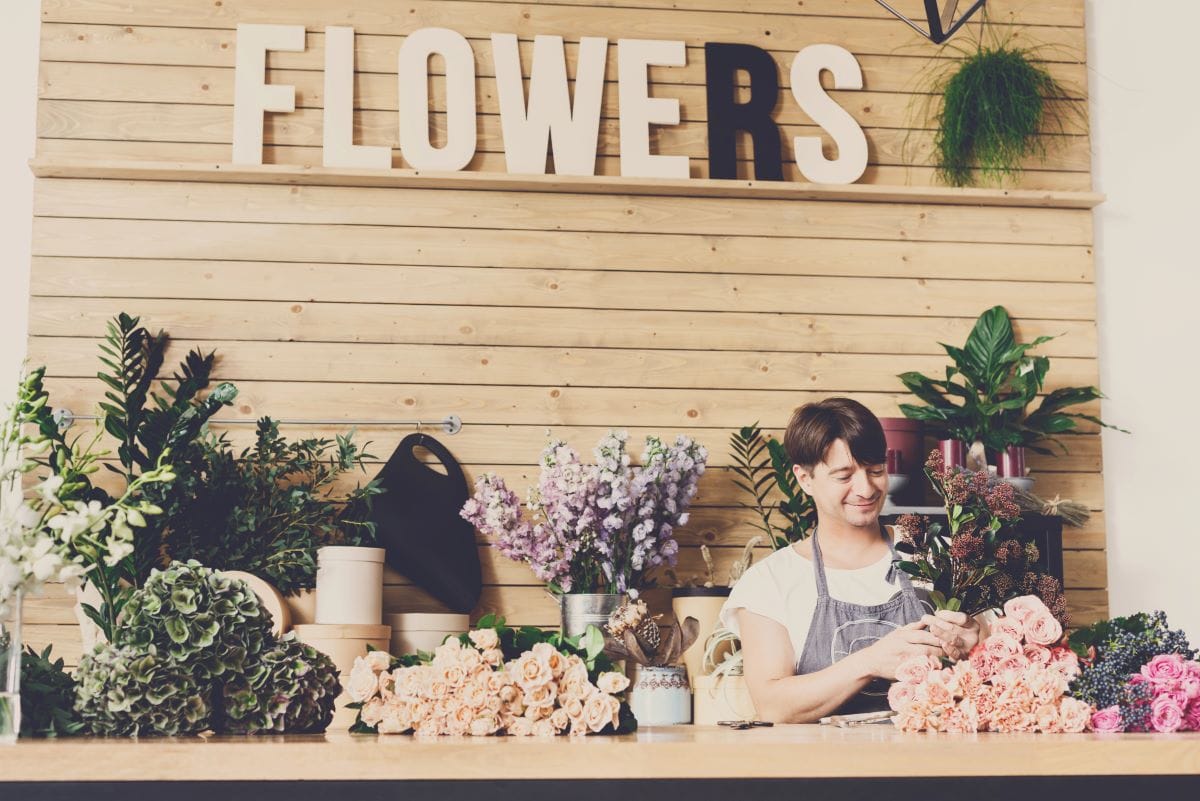This post may contain affiliate links which means I will get a commission if you make a purchase at no additional cost to you. As an Amazon Associate I earn from qualifying purchases. Please read my disclosure for details.
There is a quiet poetry in how people remember the past, particularly when it is woven into the rhythm of everyday errands. For many florists who grew up in small American towns during the 1960s, the memory of groceries is not merely a list of prices or brands.
It is a sensory imprint, a time when stores smelled of fresh oranges and waxed linoleum, when cashiers knew your name, and when weekly shopping trips followed the arc of a family’s seasons.
The Price of Freshness Meant Something Tangible

WANT TO SAVE THIS RECIPE?
Many florists remember milk priced under fifty cents and bread that cost a dime, but their memories go beyond economics. They recall when freshness was verified by touch, not packaging, and produce was stacked in neat pyramids rather than sealed in plastic trays.
Shopping was a Community Affair, Not a Chore

In the 1960s, shopping for groceries meant running into neighbors, exchanging pleasantries, and catching up on news as much as buying dinner. Florists describe their mothers and grandmothers chatting with butchers and clerks, often leaving with more conversation than goods.
Seasonal Eating was a Given, Not a Lifestyle

Before the advent of global cold chains and year round imports, food followed the rhythms of the land. Florists remember when strawberries appeared only in early summer, and sweet corn marked the arrival of August. They knew by heart when cherries would peak and when apples signaled school’s return.
Packaging was Sparse, Yet Taste was Abundant

In the grocery stores of the 1960s, shelves were not dominated by flashy graphics or ultra processed novelties. Butter came wrapped in waxed paper, not tubs. Cookies were often baked at home, but when purchased, they came in simple boxes or tins.
Every Dollar Carried Weight and Intention

Florists who came from working class homes vividly recall how their parents approached shopping with care. Groceries were planned in advance, often with handwritten lists and careful calculations. There was little room for excess, and waste was rare. Leftovers were expected, not lamented.
Butchers and Bakers were Local Artists in their Own Right

In small towns, the butcher and the baker were not just vendors but craftsmen. Florists speak of watching sausages being made behind the counter, or of waiting as a loaf was sliced fresh for the day. These tradespeople took pride in their work, and the community trusted their skill.
Related Post: 13 Easy Afternoon Tea Treats That Feel More Expensive Than They Are
Candy Counters were Carefully Navigated Treats

A visit to the grocery store in the 1960s often ended with a stop at the candy counter, a moment florists recall with wistful clarity. Penny candies in glass jars, individually wrapped with wax or foil, created a sense of wonder and reward. Children learned restraint, choosing just one or two pieces under the watchful eyes of parents.
Related Post: 11 Summer Desserts That Won’t Melt Before You Get A Bite
The Connection between Garden and Grocery was Close

Florists often grew up in homes with vegetable gardens, and many recall the pride of seeing their backyard harvests supplement the family table. Grocery trips were often only for essentials, flour, sugar, and coffee, while tomatoes, beans, and squash came from the soil behind the house.
Related Post: 12 Picnic Foods That Travel Well And A Few That Definitely Don’t
Flower Sales were Humble Yet Meaningful Additions

In some shops, particularly those in rural towns, florists remember corner displays of seasonal bouquets, wildflowers in mason jars, or chrysanthemums wrapped in paper. While not always part of the grocery list, they offered small, fragrant luxuries.
Related Post: 13 Bodegas In America That Prove You Don’t Need A Fancy Supermarket
Simplicity was Not a Limitation, but a Foundation

Looking back, florists describe the 1960s grocery experience as defined by restraint and trust. The variety was limited, but the essentials were enough. The stores were modest, but the quality was honest. And while the choices were fewer, the connection to food and people was far deeper.
Related Post: 10 Grocery Stores In America That Gen Z Is Quietly Cancelling
What emerges from these floral recollections is not just a portrait of past shopping habits, but a deeper understanding of what it meant to nourish a household and a heart. The grocery stores of the 1960s were not perfect, but they offered a kind of rhythm and rootedness that feels rare in today’s world. Through the eyes of florists, we see that food once held a softer magic, one tied not only to taste, but to season, effort, and community.
Disclaimer: This list is solely the author’s opinion based on research and publicly available information.
12 Grocery Store Perks Boomers Had That Are Gone Today

Step into a grocery store today, and you’ll find self-checkout lanes, mobile payment options, and pre-packaged everything. But for Baby Boomers, the supermarket experience was remarkably different – marked by personalized service and community connection that seems almost mythical by modern standards.
Remember when grocery shopping meant having a skilled butcher cut your meat to order, or friendly staff who carefully packed your bags for free? These weren’t just conveniences; they were part of a shopping culture that prioritized customer service over efficiency, creating an experience that many argue has been lost to time.
Read it here: 12 Grocery Store Perks Boomers Had That Are Gone Today
How to Save $100+ Every Month at the Grocery Store

From planning your meals to avoiding sneaky upcharges in the snack aisle, here’s a realistic guide to trimming your food budget without adding stress to your week.
Read it here: Things Moms Waste Money On (and Don’t Even Know It)
Is Walmart+ Still Worth It in 2025? The Truth After 3 Years

Is the new Walmart Plus worth the annual fee or is it just another failed version of Amazon Prime? I spent my own money trying this service out for 12 months and counting. I have a lot to say about the benefits and drawbacks in this Walmart+ honest review.
Read it here: Is Walmart+ Worth It? Honest Review 3 Years Later!
You’ll love these related posts:
